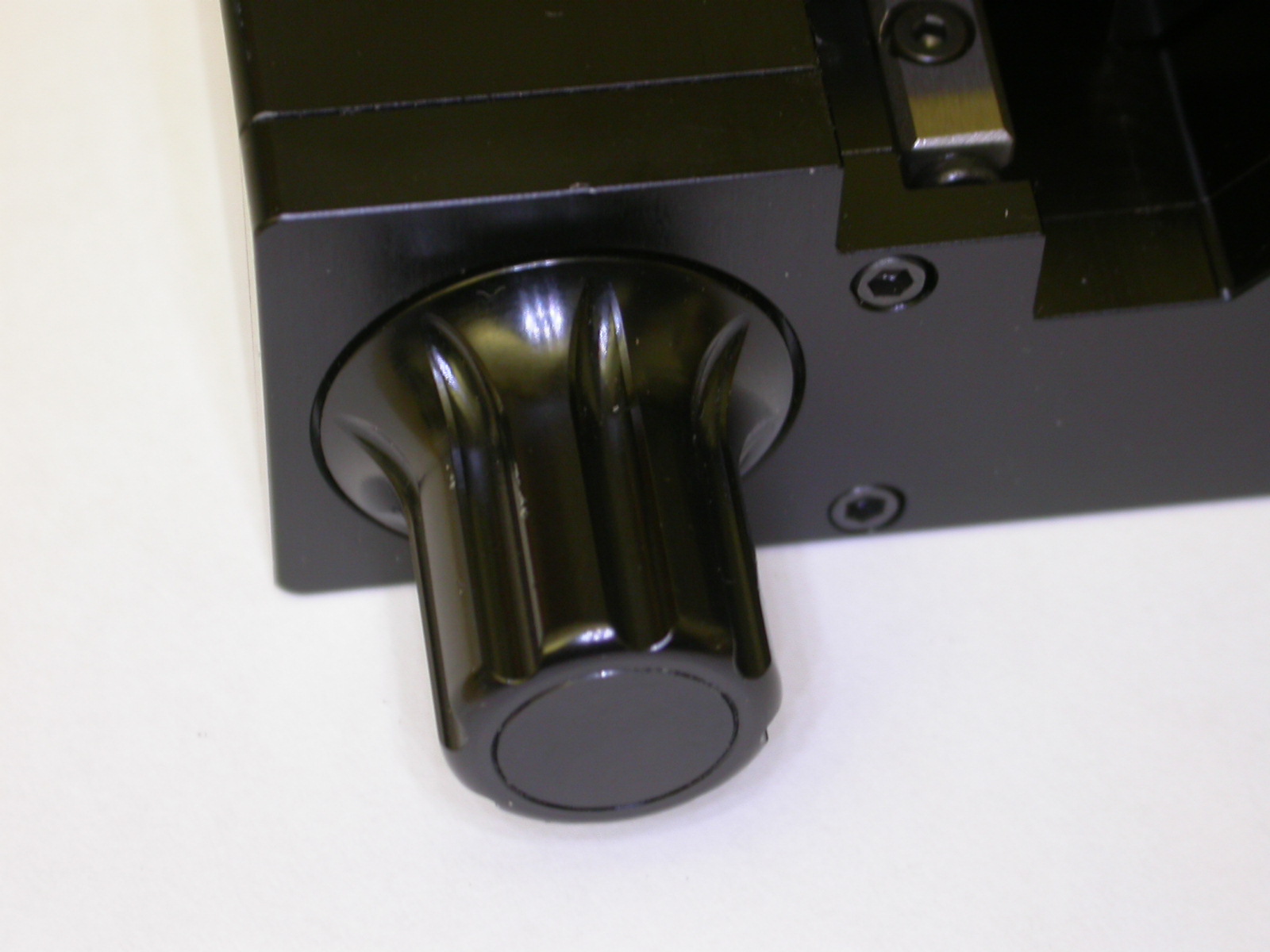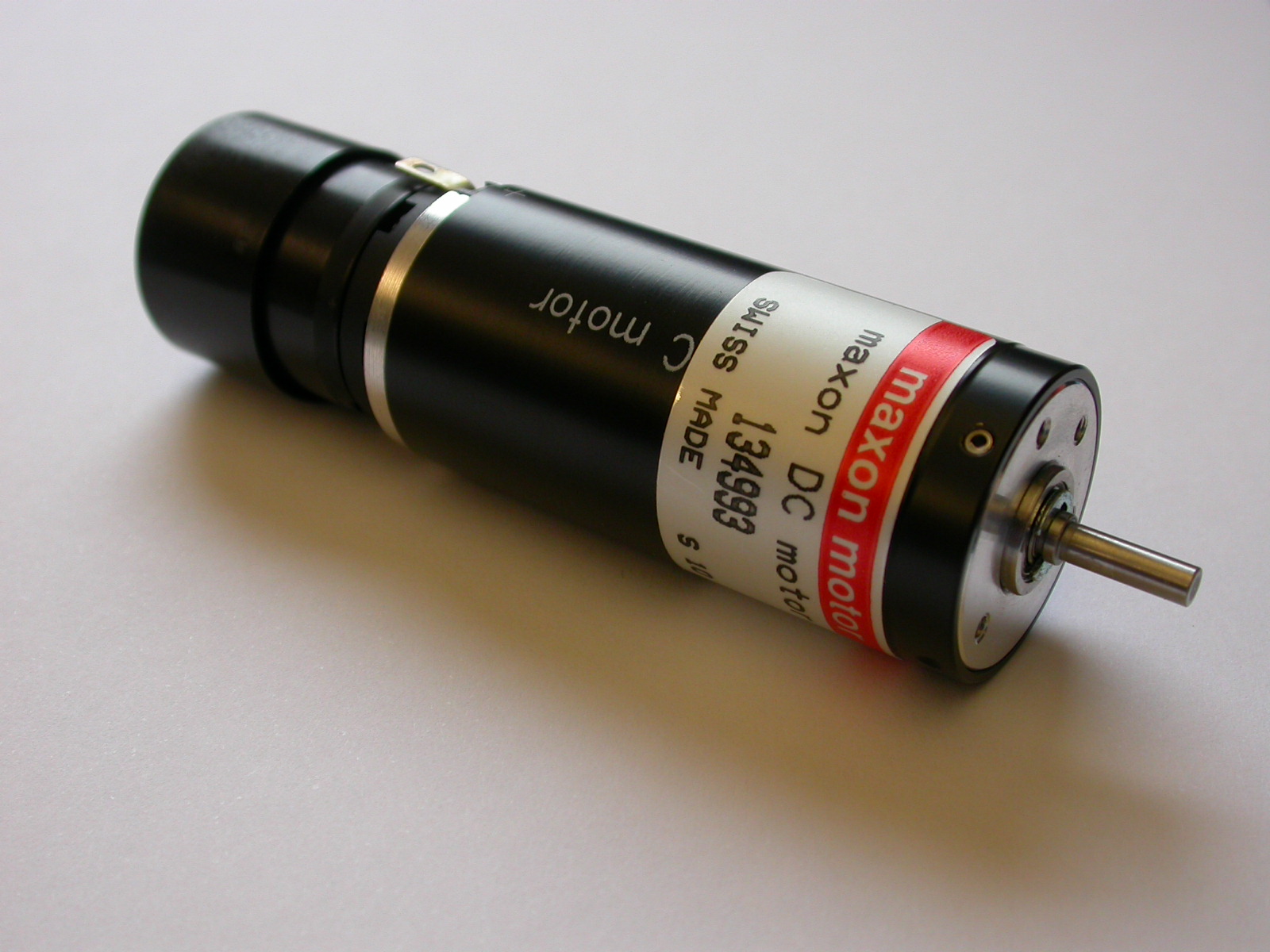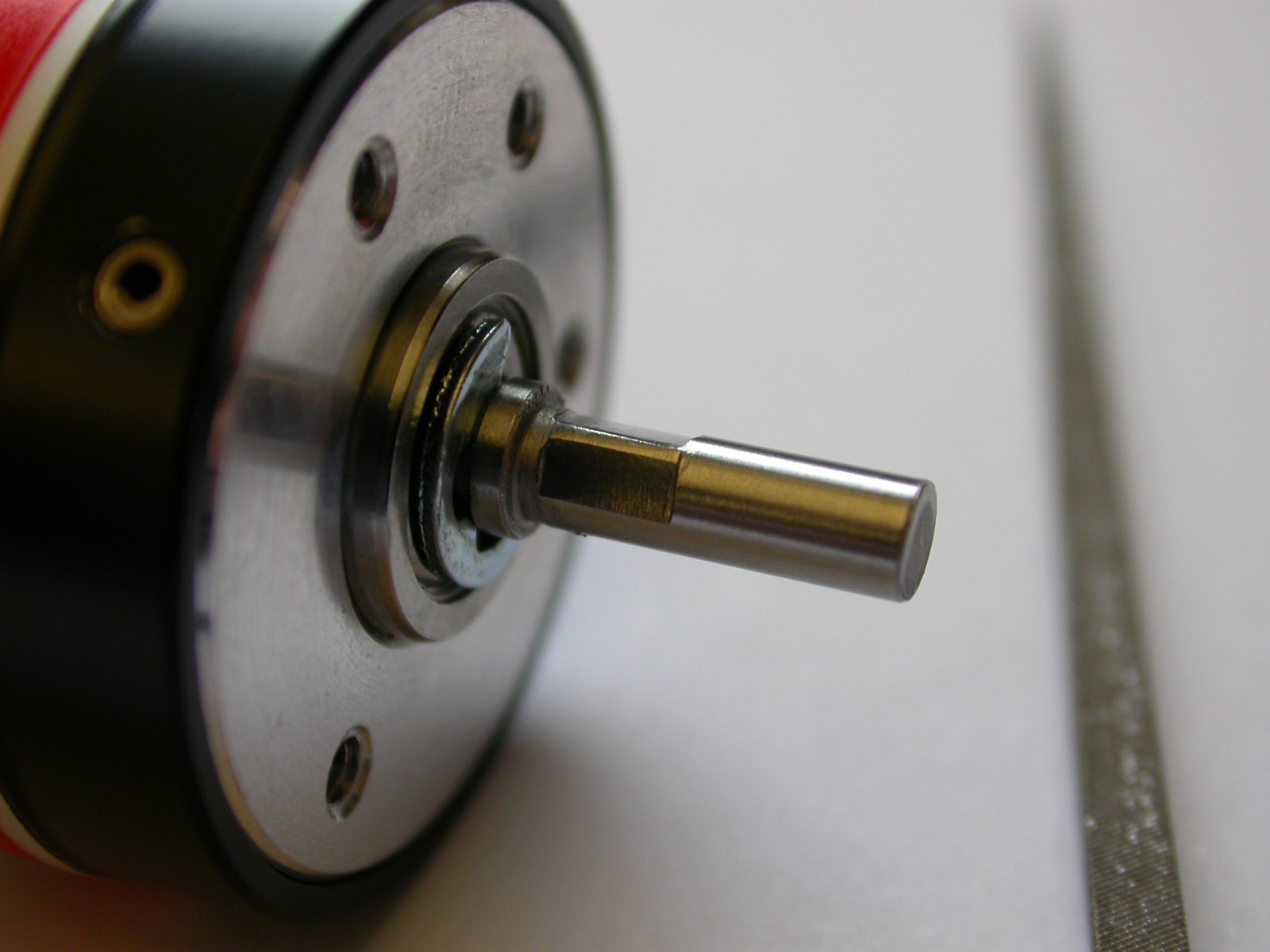


First, the encoder compartment was opened. Simple observation revealed some damage caused to the glass encoder. There were a few scratches on it, probably caused by dropping the stage on a floor.
This is another motorised stage that came second-hand and in a
poor working condition. This time it was a Kensington ultra-precision
compact linear stage which has outstanding positioning accuracy and
performance. Unfortunately, even moving the stage manually was
problematic. The movement was very stiff and unpleasant noise was
produced during the move. The stage did not respond to the controller
commands and sometime produced unpleasant noise. I decided to
investigate the problem and, if possible, repair the stage.



First, the encoder compartment was opened. Simple observation
revealed some damage caused to the glass encoder. There were a few
scratches on it, probably caused by dropping the stage on a floor.



Further disassembling revealed that the positining nut was tighten
too high on the leadscrew. As a result some shaving appeared at the
end of the leadscrew. The damage to the glass encoder can now be
observed clearly and very likely they are not fatal as they appeared
to be below the limit detection area. The problem was fixed by
slightly displacing the encoder plate so it will not touch the
interference plate.



The positioning nut was disassembled and untightened to reduce the
tension, then assembled back.



The motor was still not operational. To remove and test it, the
handle was opened and unscrewed first. This allowed to open the belt
compartment and remove the belt.




Then the motor was untighten and pulled out. The gearwheel was
unscrewed and the tachometer pulled out of the shaft. Testing the
motor with a power supply shown that it is irrecoverably damaged. A
new motor and tachometer were ordered. Once the assembly arrived, the
shaft of the motor was filed to the same shape as it was in the original
motor. Finally I assembled the stage back and test it. Everything worked
perfectly.
Sergei Skorobogatov
<Sergei.Skorobogatov (at) cl.cam.ac.uk>
<Sergei.Skorobogatov (at) hushmail.com>
created 08-11-2004 -- last modified 17-11-2004 -- http://www.cl.cam.ac.uk/~sps32/